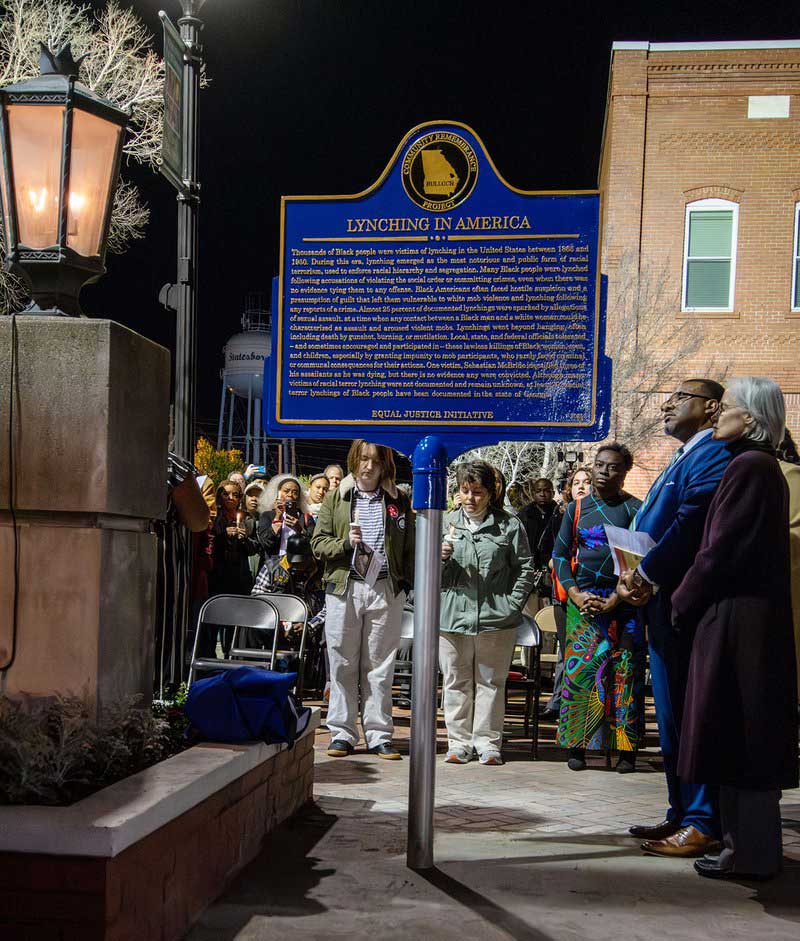Economic Impact Study of Proposed High-Speed Rail in Tarrant County
Fort Worth and Arlington officials have initiated a joint economic impact study on a proposed high-speed rail route connecting Tarrant County to Dallas. This initiative aligns with multiple Sustainable Development Goals (SDGs), including SDG 9 (Industry, Innovation, and Infrastructure), SDG 11 (Sustainable Cities and Communities), and SDG 13 (Climate Action), by promoting sustainable transportation and regional economic growth.
Study Objectives and Funding
- Fort Worth City Council approved an agreement with Arlington for an economic analysis of the proposed bullet train.
- Fort Worth will allocate up to $75,000, while Arlington will contribute $183,750 towards the study.
- The study aims to evaluate the potential benefits of high-speed rail for the county’s two largest cities.
Context: Population Growth and Transportation Challenges
North Texas is projected to experience significant population growth, reaching 12 million residents within 25 years. This increase will likely exacerbate highway congestion and environmental impacts, emphasizing the need for sustainable transportation solutions consistent with SDG 11 and SDG 13.
Regional Transportation Planning and Investment
The North Central Texas Council of Governments’ Regional Transportation Council (RTC) approved a $217.3 billion long-range Mobility 2050 transportation plan, focusing on road, rail, and air quality improvements, supporting SDG 9 and SDG 13.
- $97.5 billion allocated for highway and road improvements.
- $59.7 billion dedicated to rail and bus improvements.
- $29.8 billion for infrastructure maintenance and other transit-related operations.
Michael Morris, transportation director for the council of governments, emphasized the potential of bullet trains to efficiently transport millions of people across North Texas amid rapid growth.
Dallas Economic Impact Study on High-Speed Rail
In 2024, Dallas approved $567,000 for its own economic impact study of a high-speed rail line to Houston, conducted by Boston Consulting Group Inc. The study highlights significant economic and environmental benefits, supporting SDG 8 (Decent Work and Economic Growth) and SDG 13.
Key Findings
- Projected $5 billion annual increase in Dallas County’s GDP from 2029 to 2050.
- Potential reduction of 2.5 million vehicle trips annually, decreasing traffic congestion and emissions.
- Estimated ridership between 3 million and 6.5 million in the first year of full operations.
- Creation of over 20,000 jobs in construction and rail operations statewide.
- Construction timeline estimated at six to seven years.
The study incorporated input from elected officials, developers, community stakeholders, and industry experts, ensuring inclusive and sustainable planning (SDG 16: Peace, Justice, and Strong Institutions).
Fort Worth and Arlington’s Role in High-Speed Rail Development
An investment firm based in Fort Worth, Kleinheinz Capital Partners Inc., is leading the private venture to advance the Tarrant County high-speed rail route, which will connect with the Dallas-to-Houston line. This initiative supports SDG 17 (Partnerships for the Goals) through public-private collaboration.
Project Details
- The rail line will enable passenger speeds of approximately 140 miles per hour over 271 miles from Houston to Fort Worth.
- Fort Worth Mayor Mattie Parker advocates for the route as a critical component of the city’s transportation future.
- Arlington Mayor Jim Ross highlights the transformative potential for the city, which currently lacks a transit system.
- Arlington supports regional transit unity to enhance mobility for its 400,000+ residents.
Regional Collaboration and Future Outlook
The Regional Transportation Council plans to review multiple economic impact studies on high-speed rail to assess viable initiatives for North Texas. This approach reflects a commitment to evidence-based decision-making and sustainable urban development (SDG 11 and SDG 16).
Michael Morris stated, “I think the studies will show that with high-speed rail, there’s a huge, significant impact. But we’ll wait and see what the reports say.”
Conclusion
The proposed high-speed rail project in Tarrant County represents a strategic investment in sustainable infrastructure, economic growth, and environmental stewardship. By aligning with the United Nations Sustainable Development Goals, the initiative aims to address transportation challenges posed by rapid population growth, reduce carbon emissions, and foster regional economic development through innovative public-private partnerships.
For further information, contact Eric E. Garcia, Senior Business Reporter, Fort Worth Report at eric.garcia@fortworthreport.org.
1. Sustainable Development Goals (SDGs) Addressed or Connected
- SDG 8: Decent Work and Economic Growth
- The article discusses economic impact studies predicting a $5 billion annual boost to Dallas County’s GDP and the creation of more than 20,000 jobs related to the high-speed rail project.
- SDG 9: Industry, Innovation, and Infrastructure
- The development of high-speed rail infrastructure and investments in transportation improvements align with this goal.
- SDG 11: Sustainable Cities and Communities
- The article highlights urban rail systems and transit plans aimed at improving transportation in rapidly growing cities like Fort Worth, Arlington, and Dallas.
- SDG 13: Climate Action
- Reducing 2.5 million vehicle trips through high-speed rail implies a reduction in emissions and improved air quality, contributing to climate action.
- SDG 17: Partnerships for the Goals
- Collaboration between cities (Fort Worth and Arlington), private investors, and government entities reflects partnerships to achieve sustainable development.
2. Specific Targets Under the Identified SDGs
- SDG 8 – Target 8.2: Achieve higher levels of economic productivity through diversification, technological upgrading, and innovation.
- The economic impact studies and job creation forecasts support this target.
- SDG 9 – Target 9.1: Develop quality, reliable, sustainable, and resilient infrastructure to support economic development and human well-being.
- The investment in high-speed rail and transportation infrastructure improvements aligns with this target.
- SDG 11 – Target 11.2: Provide access to safe, affordable, accessible, and sustainable transport systems for all.
- The proposed urban rail systems and regional transit plans aim to enhance accessibility and sustainability.
- SDG 13 – Target 13.2: Integrate climate change measures into national policies, strategies, and planning.
- Reducing vehicle trips through high-speed rail contributes to lowering greenhouse gas emissions.
- SDG 17 – Target 17.17: Encourage and promote effective public, public-private, and civil society partnerships.
- The collaboration between city governments, private investors, and regional councils reflects this target.
3. Indicators Mentioned or Implied to Measure Progress
- Economic Impact Indicators
- Annual GDP increase (e.g., $5 billion annual boost to Dallas County’s GDP).
- Number of jobs created (e.g., more than 20,000 jobs related to construction and operations).
- Transportation and Infrastructure Indicators
- Ridership numbers (estimated between 3 million and 6.5 million people in the first year).
- Reduction in vehicle trips (e.g., 2.5 million vehicle trips reduced).
- Investment amounts in transportation infrastructure (e.g., $217.3 billion Mobility 2050 plan).
- Environmental Indicators
- Reduction in vehicle trips implies reduced emissions, which can be measured by air quality improvements or greenhouse gas emission reductions.
- Partnership and Collaboration Indicators
- Number and scale of partnerships between public and private sectors (e.g., Fort Worth and Arlington joint study, private investment involvement).
4. Table of SDGs, Targets, and Indicators
| SDGs | Targets | Indicators |
|---|---|---|
| SDG 8: Decent Work and Economic Growth | 8.2: Achieve higher levels of economic productivity through diversification, technological upgrading, and innovation. |
|
| SDG 9: Industry, Innovation, and Infrastructure | 9.1: Develop quality, reliable, sustainable, and resilient infrastructure. |
|
| SDG 11: Sustainable Cities and Communities | 11.2: Provide access to safe, affordable, accessible, and sustainable transport systems. |
|
| SDG 13: Climate Action | 13.2: Integrate climate change measures into policies and planning. |
|
| SDG 17: Partnerships for the Goals | 17.17: Encourage and promote effective public, public-private, and civil society partnerships. |
|
Source: keranews.org







